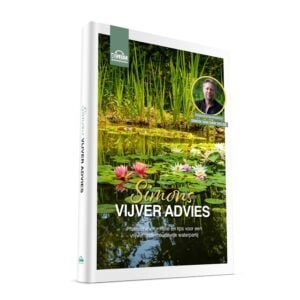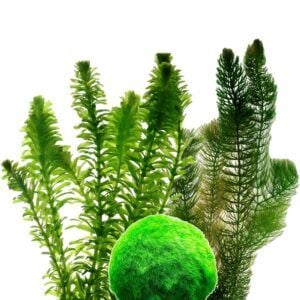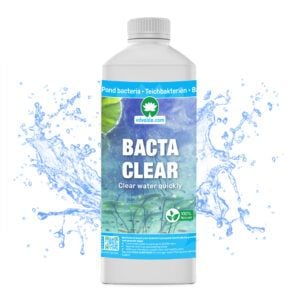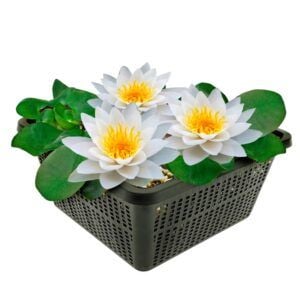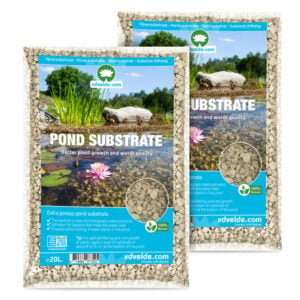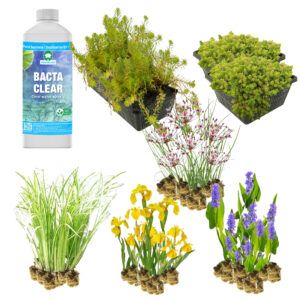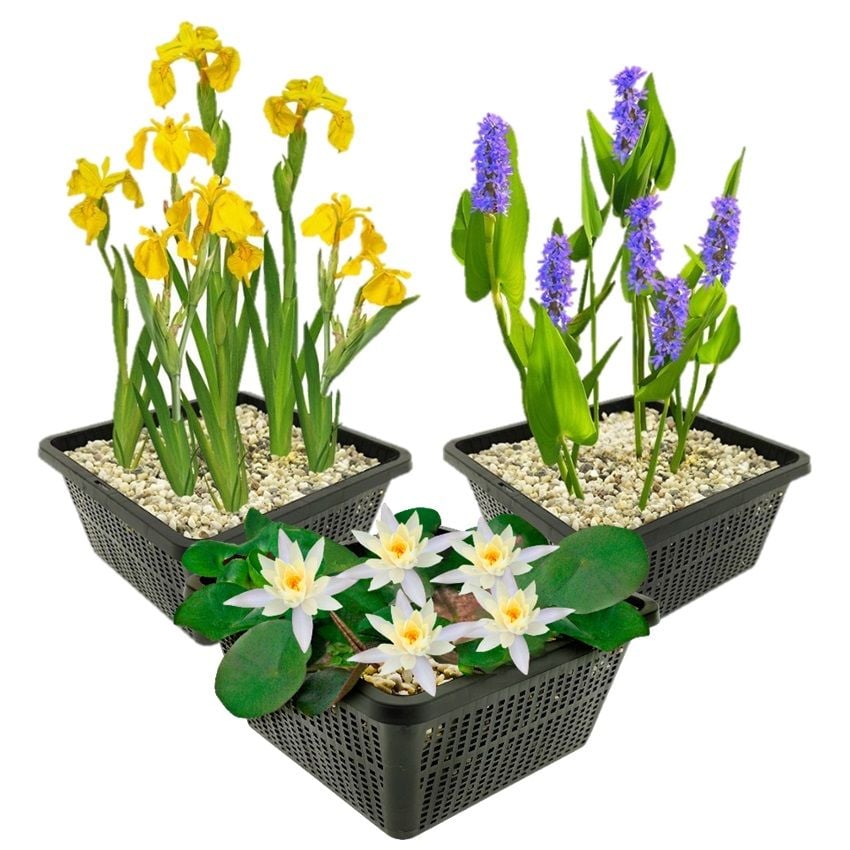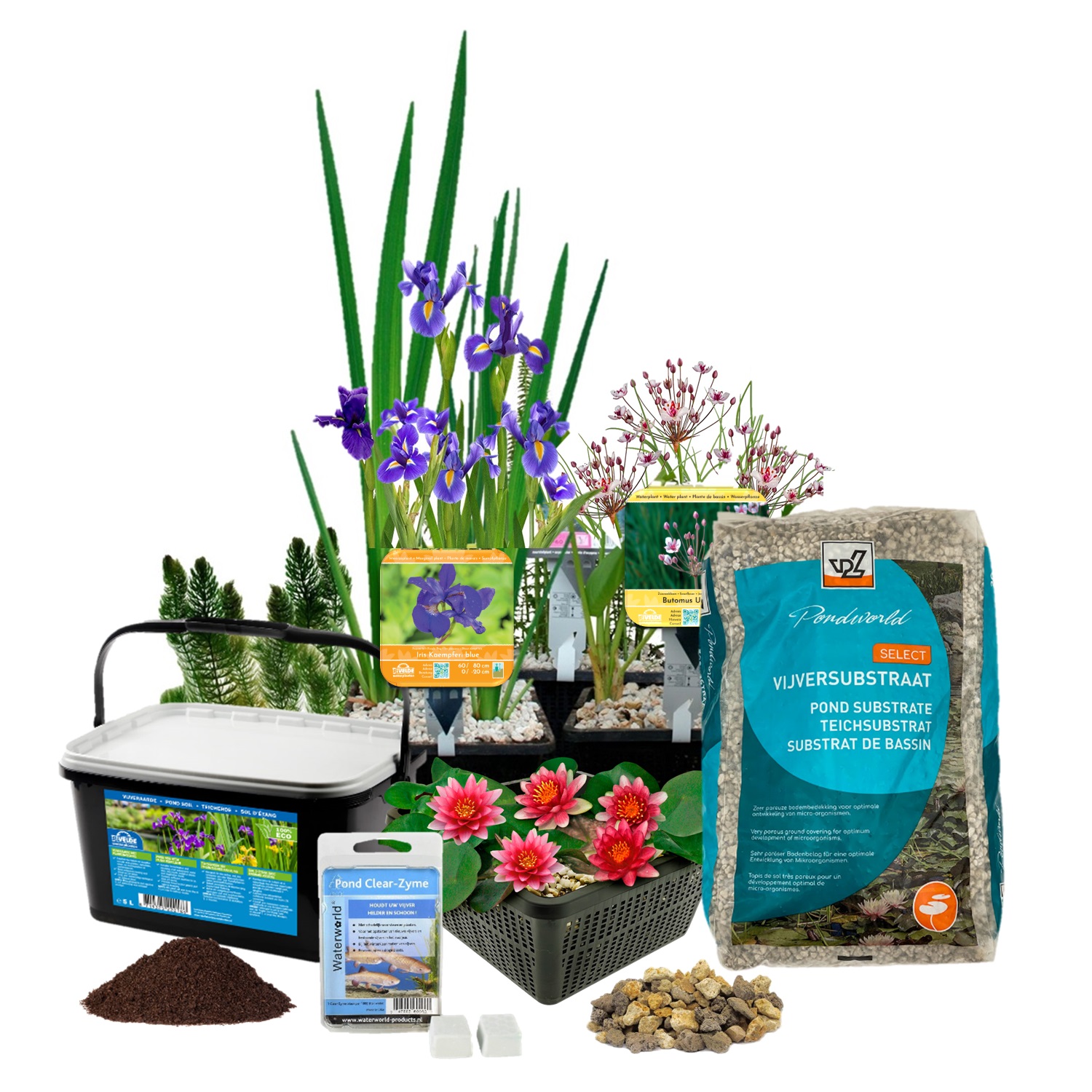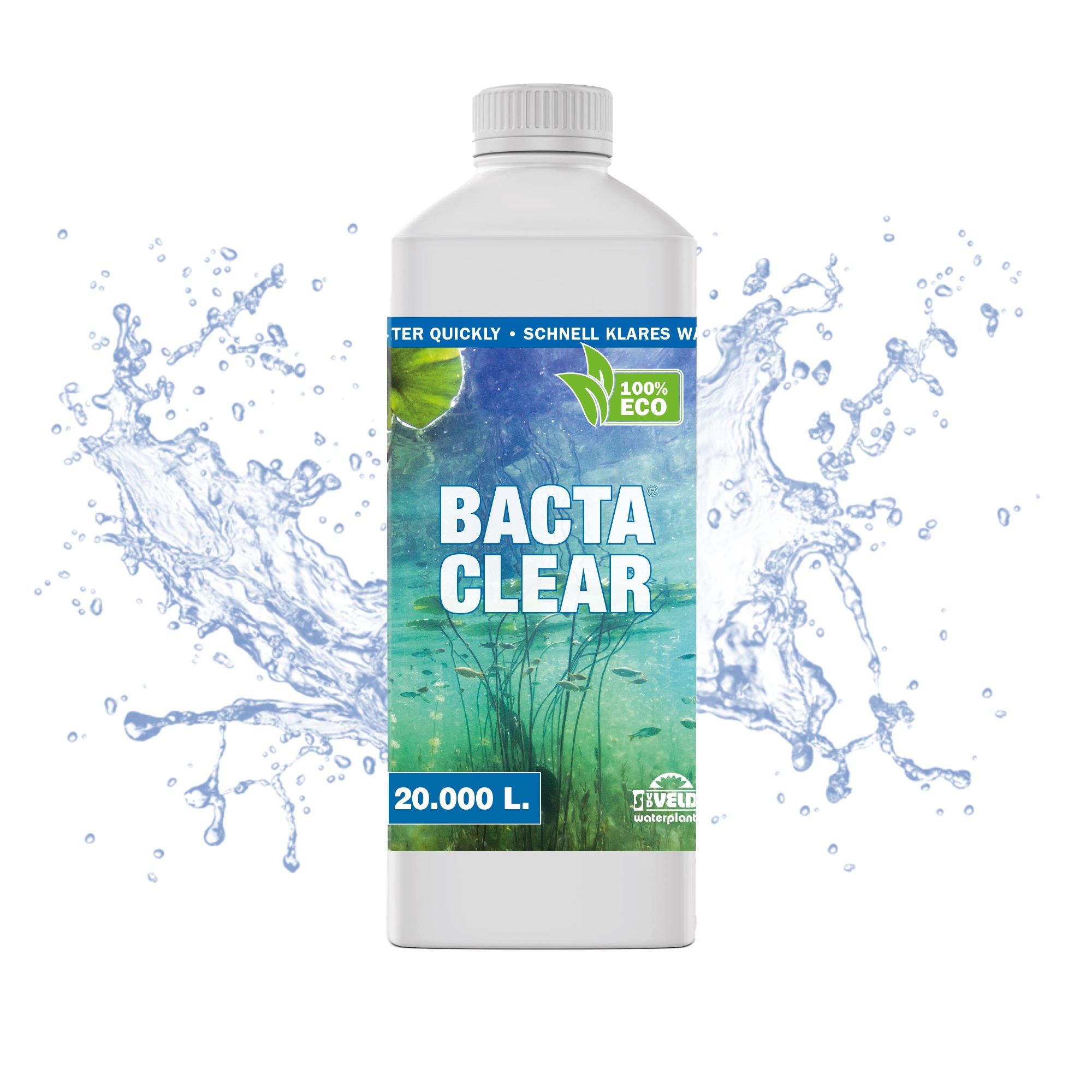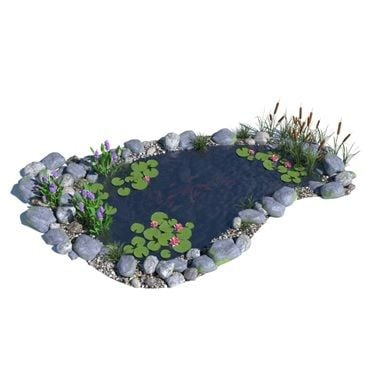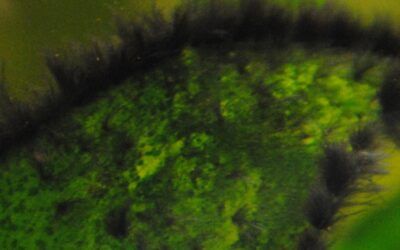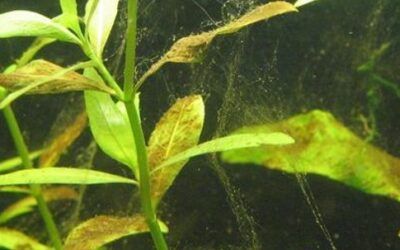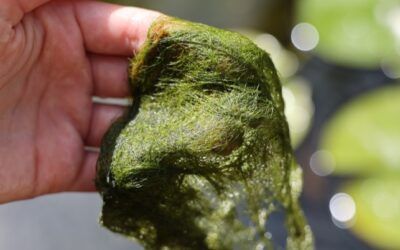
I hope you enjoy reading this blog.
Blue-green algae control and prevention
Blue-green algae: recognition, health and environmental consequences, and natural control methods for a healthy pond and safe water.
What is blue-green algae?
Blue-green algae, also called cyanobacteria, are not actually true algae. They are microscopic bacteria that live in freshwater and can bloom under certain conditions. When blooming, they can turn the water a blue-green to green-black color and are often accompanied by an unpleasant odor.
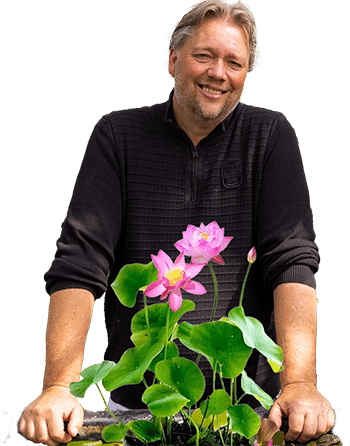
Tips, advice and substantial savings
How do you recognize blue-green algae?
Blue-green, sometimes greenish-black floating layers on the water can be identified. It sometimes looks like a paint-like layer floating on the surface of the water. In addition, the water can give off a foul-smelling odor, similar to rotten eggs.
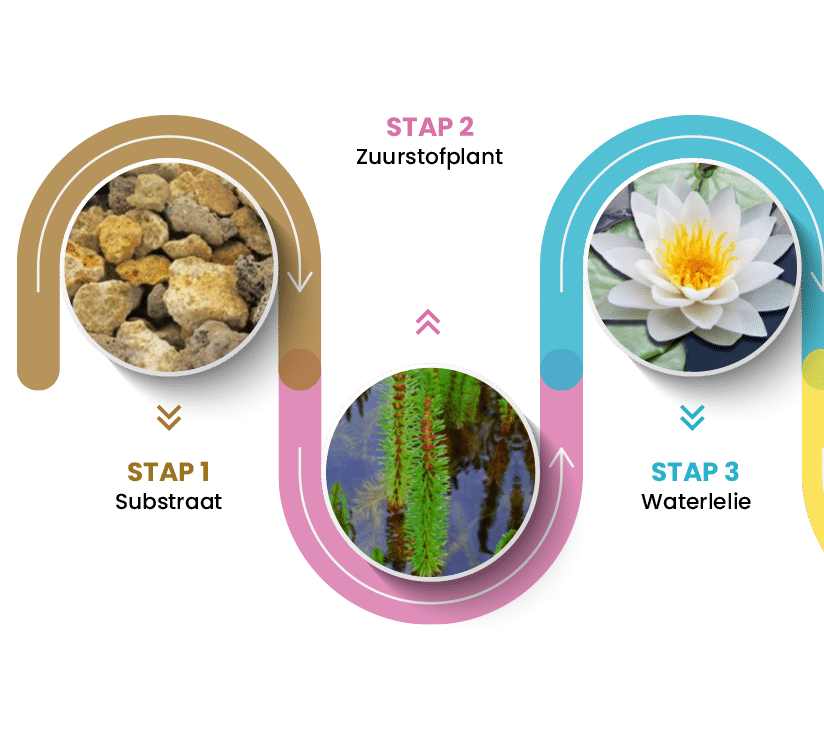
Want a naturally clear pond?
A beautiful pond is easier than you think.
What are the effects of blue-green algae?
Blue-green algae produces toxins that can be harmful to humans and animals. Contact with or ingestion of contaminated water can cause skin irritation, eye irritation, headaches, gastrointestinal problems and, in severe cases, even liver and nervous system disorders. It is also harmful to aquatic life; the algae can cause oxygen depletion in the water, which can kill fish and other aquatic animals.
Fighting blue-green algae naturally
A natural way to combat blue-green algae is to promote a healthy pond ecosystem. This can be done by placing enough oxygen plants, which compete with the algae for nutrients. In addition, it helps to limit the supply of nutrients (such as nitrogen and phosphate), such as by using rainwater instead of tap water. It is also important to regularly clean the pond and remove excess organic material, such as leaves and dead plants. Good water circulation can also help prevent algae blooms.
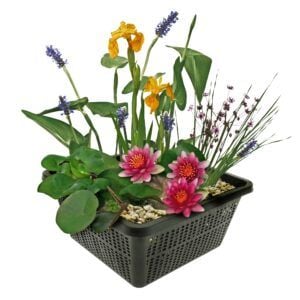

Simon van der Velde
Pond specialist and aquatic plant grower since 1986

Want to receive the best pond tips all year long, complete with exclusive promotions?
Simons Pond Advice Book
- Choose your language of the book
- Complete pond handbook
- 100+ pages from construction to maintenance
Loose Oxygen Plants Set
- For 500 - 1,000 liters of water
- 16 plants
- Placement: loose in the water
BACTA CLEAR
- For 1,000 to 20,000 L
- 100% eco: clear water fast
- Safe for humans, plants & animals
White Water Lily - Nymphaea Albatross
- Large water lily
- Full-grown height: 10 cm
- Placement: -10 to -100 cm
Complete Pond Package - Small - Red
- For 100 - 500 L
- 19 plants + extras
- Placement: -1 to -100 cm
POND SUBSTRATE Pond substrate - 40 liters
- 40 L covers 1 m² ↥ 10 cm
- Heavy duty quality for the best filtration
- Extra porous: optimal plant growth
Mini Water Lily - Red - Nymphaea Pygmaea Rubra
- Small water lily
- Full-grown height: 5 cm
- Placement: -10 to -40 cm
Complete Pond Package - Medium
- For 500 - 1.500 L
- 36 plants + extras
- Placement: -1 to -100 cm
Complete Plant Filter Pond Package - M
- For 3 - 4 m²
- 84 plants
- Placement: -1 to -20 cm


